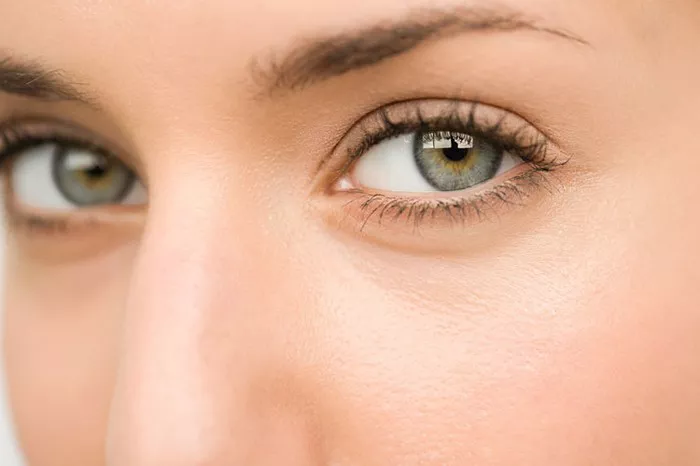Cosmetic eyelid surgery, also known as blepharoplasty, has become increasingly popular as a way to enhance the appearance of the eyes and address common concerns such as drooping eyelids and the desire for double eyelids. Two common procedures in the realm of eyelid surgery are upper eyelid repair and double eyelid incision surgery. But how do these procedures differ in terms of complexity, technique, and expected outcomes? In this comprehensive guide, we will explore both upper eyelid repair and double eyelid incision surgery to help you understand their nuances and determine which might be the right choice for your aesthetic goals.
Upper Eyelid Repair Surgery
Upper eyelid repair surgery, also known as upper blepharoplasty, is primarily performed to correct drooping or sagging upper eyelids. It is often sought by individuals who experience functional issues due to excess skin or muscle around the eyes or those looking to rejuvenate their appearance.
Procedure Overview:
Incisions: Upper eyelid repair typically involves creating incisions along the natural crease of the upper eyelid. These incisions are strategically placed to conceal scars effectively.
Tissue Adjustment: After making the incisions, the surgeon removes excess skin, fat, and sometimes muscle tissue from the upper eyelid. This helps to eliminate droopiness and restore a more youthful appearance.
Suture Closure: The incisions are closed with fine sutures, and any excess tissue is trimmed away.
Complexity:
Upper eyelid repair surgery is generally considered a less complex procedure compared to double eyelid incision surgery. It focuses primarily on addressing functional issues, such as impaired vision due to heavy eyelids, and improving the aesthetic appearance of the upper eyelids. It is often chosen by individuals looking for a more refreshed and awake look without dramatic changes to their eyelid shape.
Expected Outcomes:
The expected outcomes of upper eyelid repair surgery include improved eyelid functionality and a more youthful appearance. While it can enhance the contour and tightness of the upper eyelids, it does not typically alter the natural eyelid crease or create a double eyelid appearance.
Recovery:
Recovery from upper eyelid repair surgery is relatively straightforward, with most patients experiencing minimal discomfort and swelling. Bruising and swelling usually subside within a few weeks, and patients can typically return to their normal activities relatively quickly.
Double Eyelid Incision Surgery
Double eyelid incision surgery, often referred to as Asian double eyelid surgery, is a cosmetic procedure designed to create a crease or fold in the upper eyelid for those who do not naturally have one. This procedure is commonly sought by individuals of Asian descent but is performed on people of all ethnic backgrounds looking to achieve a double eyelid appearance.
Procedure Overview:
Incisions: In double eyelid incision surgery, incisions are made along the upper eyelid to create a new crease. The location of these incisions can vary depending on the desired crease height and shape.
Crease Creation: After making the incisions, the surgeon carefully creates the desired crease by removing excess tissue or adjusting the existing structures in the eyelid.
Suture Closure: The incisions are closed with sutures, and the new crease is shaped and secured.
Complexity:
Double eyelid incision surgery is often considered a more complex procedure than upper eyelid repair. It involves altering the natural anatomy of the eyelid to create a specific crease, which requires precision and expertise.
Expected Outcomes:
The primary goal of double eyelid incision surgery is to create a double eyelid crease where one did not exist naturally. This procedure can result in a more defined upper eyelid appearance and can enhance the overall aesthetics of the eyes.
Recovery:
Recovery from double eyelid incision surgery may involve more swelling and bruising compared to upper eyelid repair surgery. However, most patients can resume their normal activities within a few weeks, with final results becoming more apparent as the swelling subsides.
Conclusion
The choice between upper eyelid repair surgery and double eyelid incision surgery depends on individual goals and concerns. Upper eyelid repair surgery is generally less complex, addressing issues related to drooping eyelids and providing a refreshed appearance. In contrast, double eyelid incision surgery is more intricate, focusing on creating a double eyelid crease for aesthetic enhancement.
Ultimately, the decision should be made in consultation with a qualified and experienced plastic surgeon who can assess your unique facial anatomy and discuss your desired outcomes. They will help you choose the procedure that best aligns with your goals, ensuring a safe and satisfying outcome thatenhances your natural beauty.


